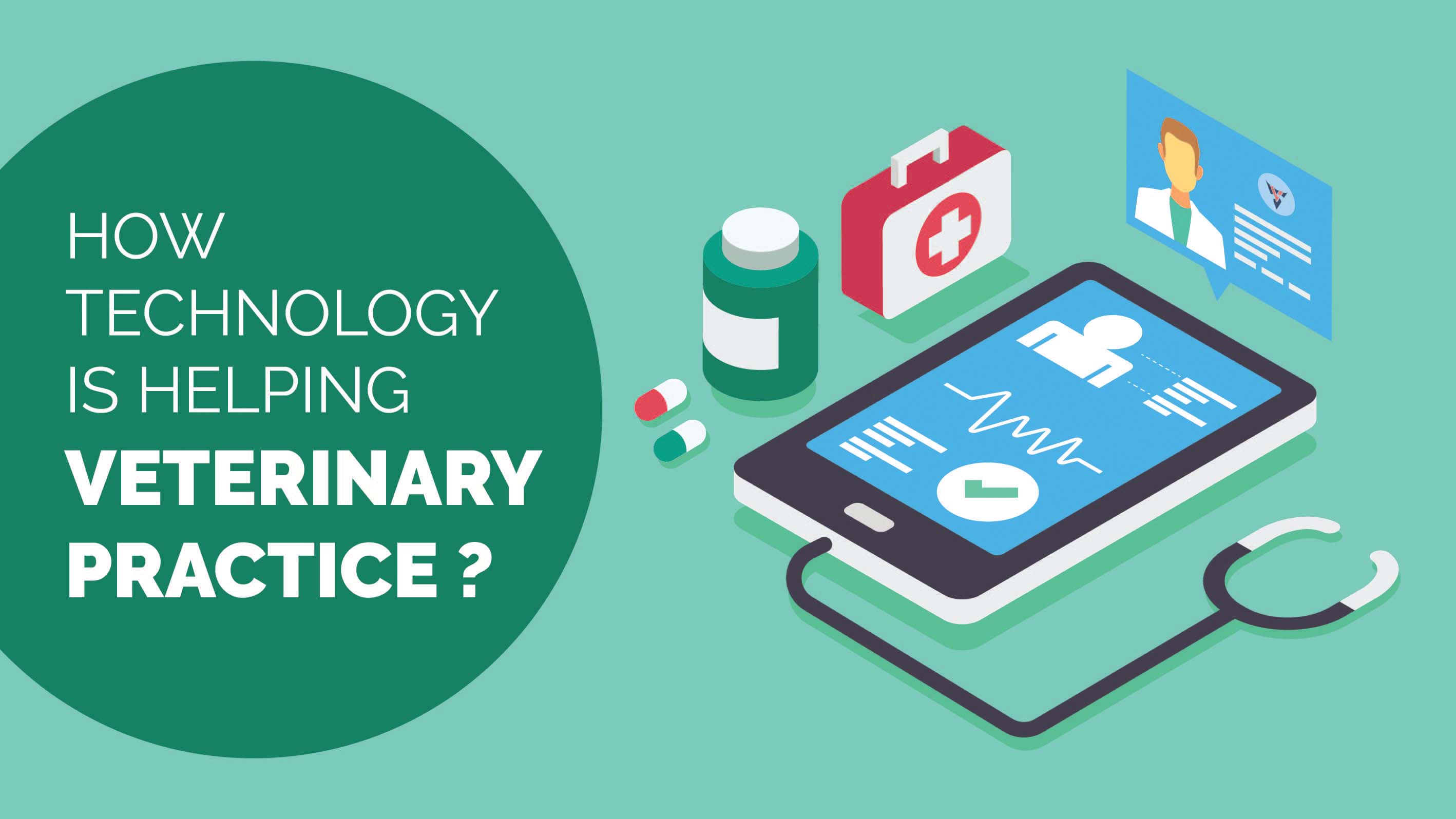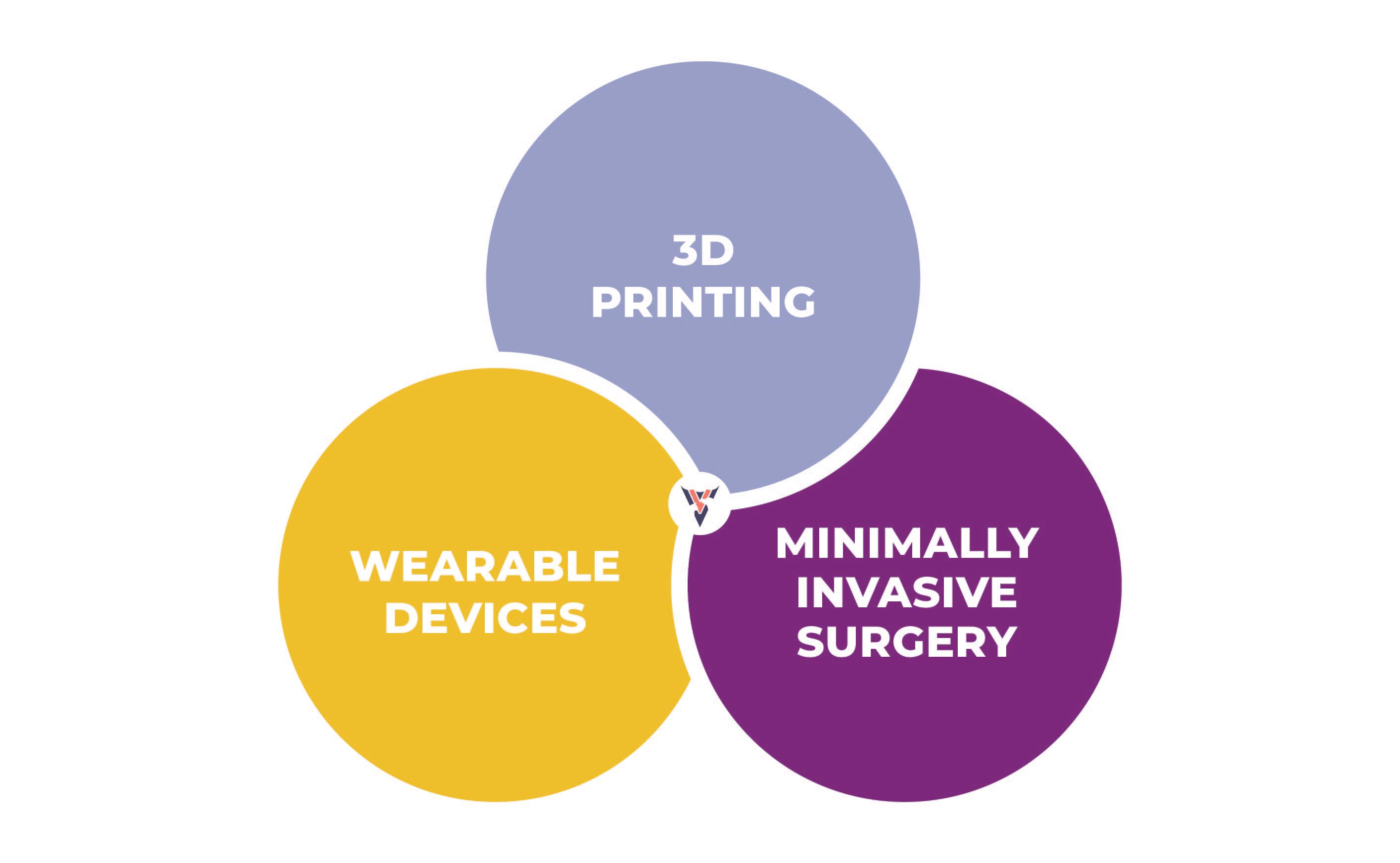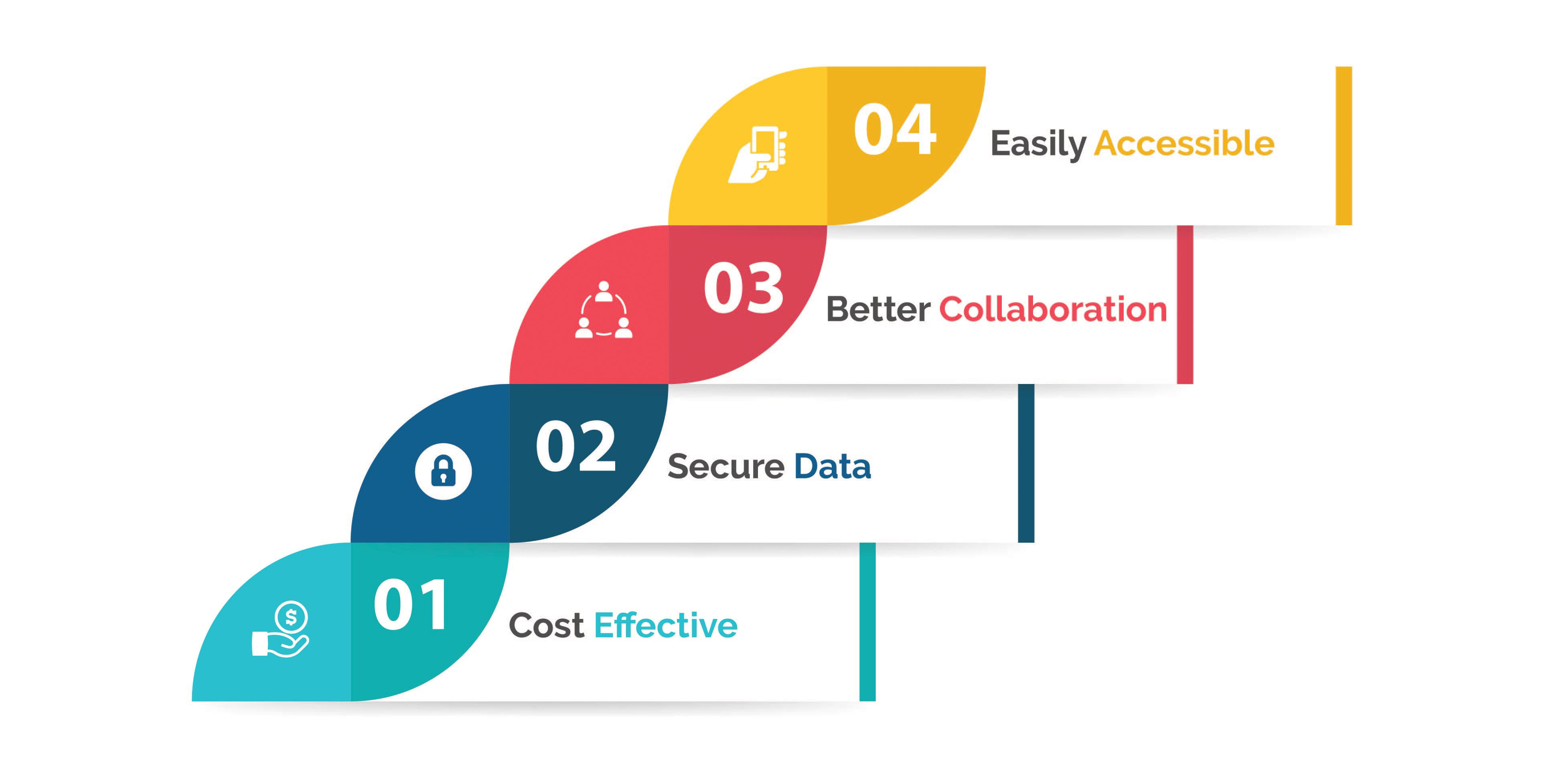How Technology Helps Diagnose Animal Health Problems

xi June 2020
How Changing Applied science is Helping Veterinary Medicine and Practice
Technological advancements have helped better the quality of not just man life but besides that of the animals dear to them.
The field of veterinary medicine has witnessed transformations in leaps and bounds, enabling veterinary practitioners to brand faster diagnoses, more than accurate prognoses, and ultimately save creature lives.
The use of technology has also ensured meliorate intendance outcomes – non merely for the pets, but also for their owners.
Technological Advancements in Veterinarian Medicine
Over the past decade or so, veterinary medicine has seen many changes with respect to diagnosis, treatment, and care. MRI (Magnetic Resonance Imaging), ultrasound scans, and laparoscopy that were used solely on man beings are now the norm for treating pets and other animals equally well. Following suit are digital radiographs that supersede X-ray films for digital communication, thorough assessment, and constructive handling. Digital dental X-rays and avant-garde oral surgery instruments besides follow this design, enabling veterinarians to meliorate oral health in pets. Newer inventions further address health issues in pets not just within clinics, but on an all-around basis for prevention and better care.

1. Clothing devices
Animate being wearables are increasingly being used to monitor animal health. These devices that capture vital statistics such as the body temperature, heart rate, respiration rate, pH levels etc. aid keep track of the pet's health on a continuous basis. Such devices also ameliorate diagnoses and result in better, quicker, and more than accurate treatment.
Surgical procedures through minimally invasive methods tin now be performed on almost any trunk function of the pet, including the heart and other internal organs. This technology drastically reduces post-surgery recovery time for pets and helps them to go back to their normal at the earliest.
2. 3D Press
3D printing is extremely advantageous in surgical procedures for animals. The technology equips veterinarians with near-real information on internal os and musculus structures of the brute that is near to exist operated. It facilitates rapid prototyping that helps create creature bone models from the information gathered using computed tomography scans. Such advancements are likewise a boon for pet owners as they help educate the latter nigh their pet'due south anatomy and physiology. 3D Printing applied science is also widely employed to industry custom-designed prosthetics for animals, which are generally hard to source or obtain.
iii. Minimally invasive surgical procedures
Surgical procedures through minimally invasive methods can now be performed on almost any body part of the pet, including the center and other internal organs. This technology drastically reduces postal service-surgery recovery time for pets and helps them to get back to their normal at the earliest.
Other advancements in veterinary medicine include microchip fracture detection for broken bones, surgical monitoring devices, cosmetic laser eye surgeries, oral pill camera that obtain 360-caste internal images when swallows, and then on.
Developments in Veterinary Practice Management
Progressions in technology accept helped not only veterinary medicines, but also veterinary practice. veterinary computer programs, though non new to the market, has received a facelift with near software providers moving to the cloud. The advantages hither are many.

1.Easily accessible: When patient information and medical records become stored in the cloud, veterinarians tin retrieve them in the click of a button using whatever net-enabled device. This becomes extremely crucial when medical records need to be accessed on the get or during an emergency case.
two.Ameliorate collaboration: Caring for pets requires teamwork. Electronic medical records stored on the deject let all squad members to access and piece of work on the latest data, even when they are divide beyond different locations or time zones. Newer veterinary practise management software allows clinics and hospitals to directly access results from diagnostic laboratories, thus bringing down the treatment time drastically and making life easier for pet owners. Such sharing of information through the web also improves treatment efficiency and brings down the possibility of a medical error.
three.Secure information: Data stored in a cloud-based veterinary practice management software gets saved, backed-upwards, and restored to an off-site location, thus preventing theft or damage due to hardware crashes, calamities, and so on.
4.Toll-effective: Cloud-based do direction software saves veterinarians the time, effort, and coin spent on servers, program installations, updates, or on-site consultants. Nearly systems offer flexible pricing plans suitable to the size and needs of the do, which also results in quicker and better return on investments.
Computer software systems, advanced medical technologies, and enhanced web marketing strategies are driving the global veterinary services market, which is now poised to accomplish $200 billion in 2020. Thus, adoption of newer technologies, in veterinary medicine too equally in veterinarian practice, becomes indispensable to veterinarians, clinics, and hospitals looking to grow their do.
Want to try VETport for FREE?
No Credit Menu Required
FREE Telemedicine App till Covid Crunch
Access to VETport PMS Email Course
Related Articlesane. One unproblematic way to find the clients who, yous are on the verge of losing...(And 2 ways to bring them back to your vet exercise)Why your focus should exist on the word "central" while developing the KPIs
two. four Highly Effective Tactics to Market place Your Clinic (& Double the Number of Your Clients In Less Than 12 Months)
3. eleven means to increase feline visits to your veterinary do
4. Tackling No-Shows at Your Veterinary Practice
Source: https://www.vetport.com/technology-helping-veterinary-medicine
Posted by: batsonallind.blogspot.com

0 Response to "How Technology Helps Diagnose Animal Health Problems"
Post a Comment